

Bio-Rad’s Western Blot Learning Center provides in-depth information, videos, and protocols on the theory and practice of each step of the western blotting process, starting from sample preparation to analysis of the final blot.
Visit the Western Blot Learning Center.
Bio-Rad’s Western Blotting University is a five-part, on-demand webinar series that walks you through the basics of all the steps of the western blotting process. Watch all five to get a certificate and become a western blotting master.

Casting your own polyacrylamide gel is tedious and can lead to inconsistencies from experiment to experiment. Precast gels offer high quality resolution and lot-to-lot consistency in addition to the time savings.
See all available precast gels.
Come to our Western Blot Learning Center to get protocols and to learn everything there is to know about polyacrylamide gels and protein gel electrophoresis.
Learn how to do better gel electrophoresis.

Ion depletion is a common problem that can be caused by running buffer inconsistencies. A great way to minimize this would be to incorporate premade 10x running buffer into your experimental workflow. This ensures that you always have freshly made 1x stock when running gels.
Watch this video to learn how to optimize gel electrophoresis.
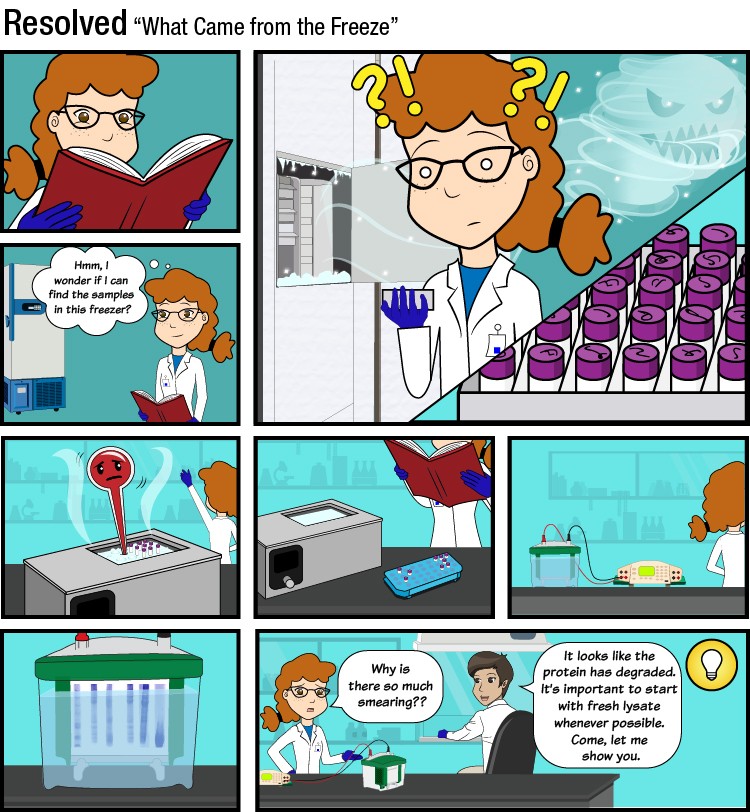
Protein sample degradation causes smearing and poor gel resolution. Optimizing sample preparation techniques will ensure that your lysates or samples have a longer shelf life yielding better results.
Learn how to optimize your sample prep.

Knowing that your target proteins made it onto the membrane post transfer is important. With Stain-Free technology, you can verify that your target protein has successfully made it onto the membrane within minutes after transfer. Save precious time and antibodies by confirming target protein presence prior to blotting.
See Stain-Free technology in action.
Additional tips for better blot transfer.
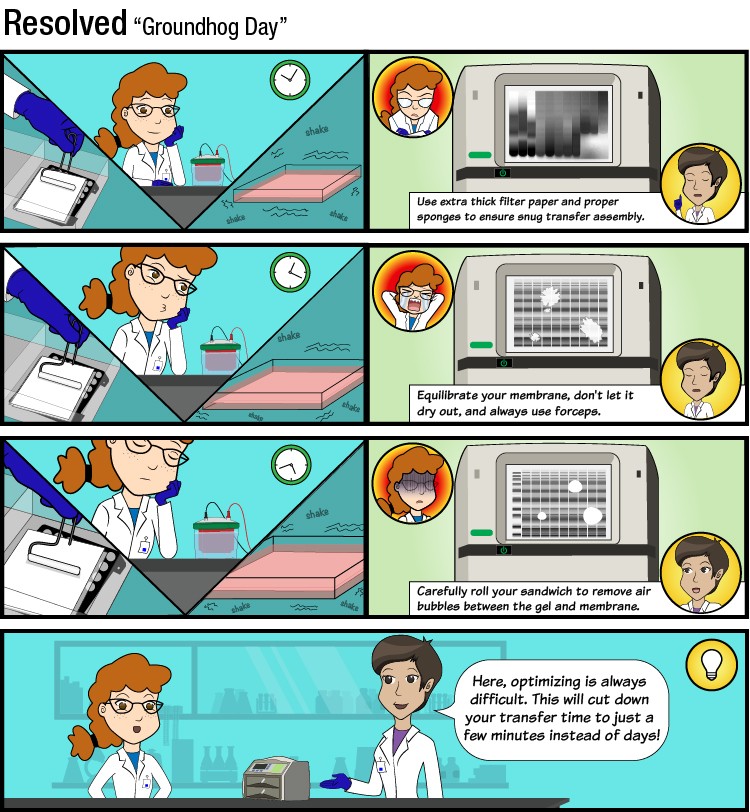
The Trans-Blot Turbo Transfer System is a rapid protein transfer apparatus that can transfer protein to membrane in as little as three minutes. Trans-Blot Turbo Transfer Packs provide greater transfer efficiency in less time.
See the Trans Blot Turbo System.
Learn about semi-dry vs. wet transfer.
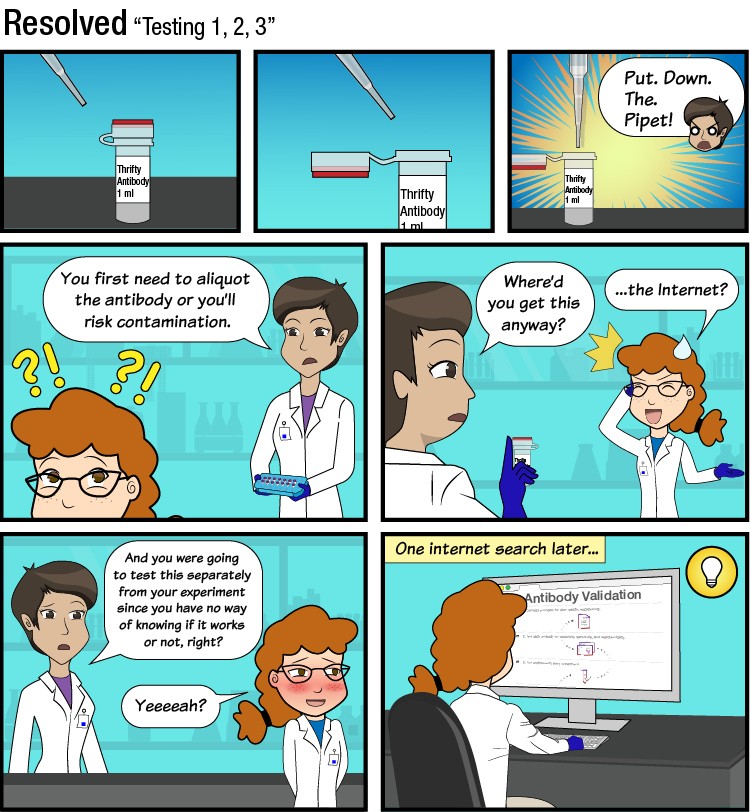
It is critical to select a primary antibody that has been properly validated for use in western blotting. Knowing the type of validation data and requirements for a high-quality primary antibody is critical to success in western blotting.
Learn about PrecisionAb Antibodies.
See how to choose the right antibody.
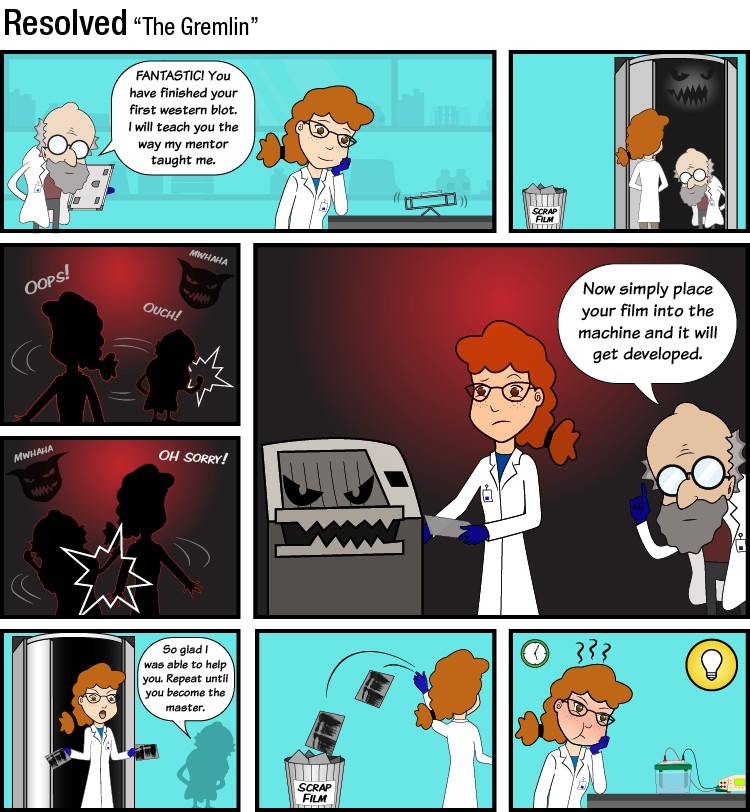
X-ray film has long been considered the gold standard of sensitivity for western blot imaging, but the broad dynamic range enabled by modern digital imaging systems allows for accurate quantitation of a range of signal intensities equal to or better than film.
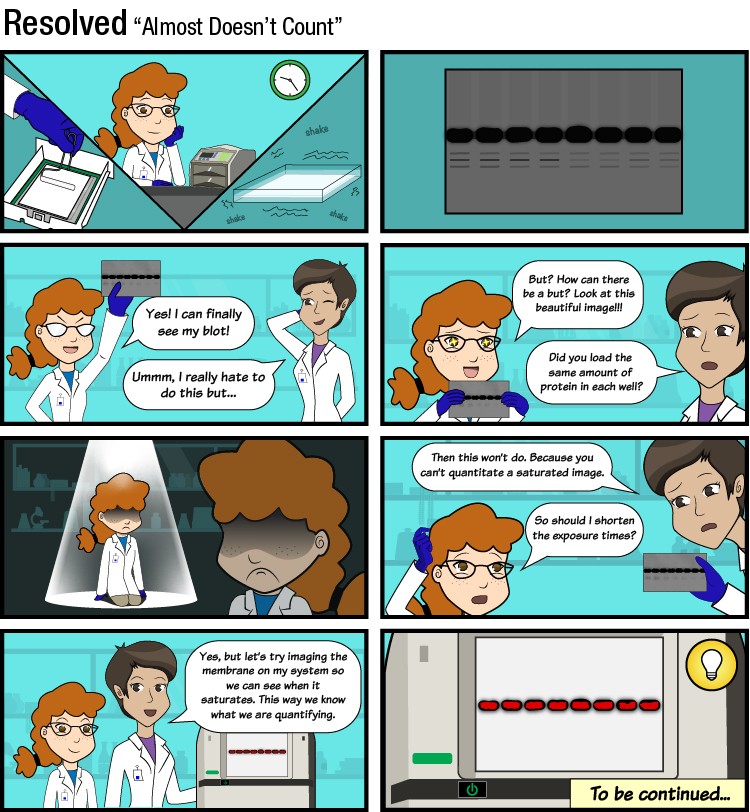
Signal saturation on a blot limits the dynamic range, which leads to loss of data. It is important to minimize signal saturation when imaging the blot in order to yield accurate results. It is also crucial to perform normalization to account for pipetting error, further confirming the accuracy of your results.
Learn about dynamic range and signal saturation.

Knowing the total concentration of your protein sample prior to gel electrophoresis is important to prevent overloading of sample in the gel. Always determine protein concentration after sample preparation to ensure you are within optimal working range. A Bradford protein assay is an easy way to determine protein concentration.
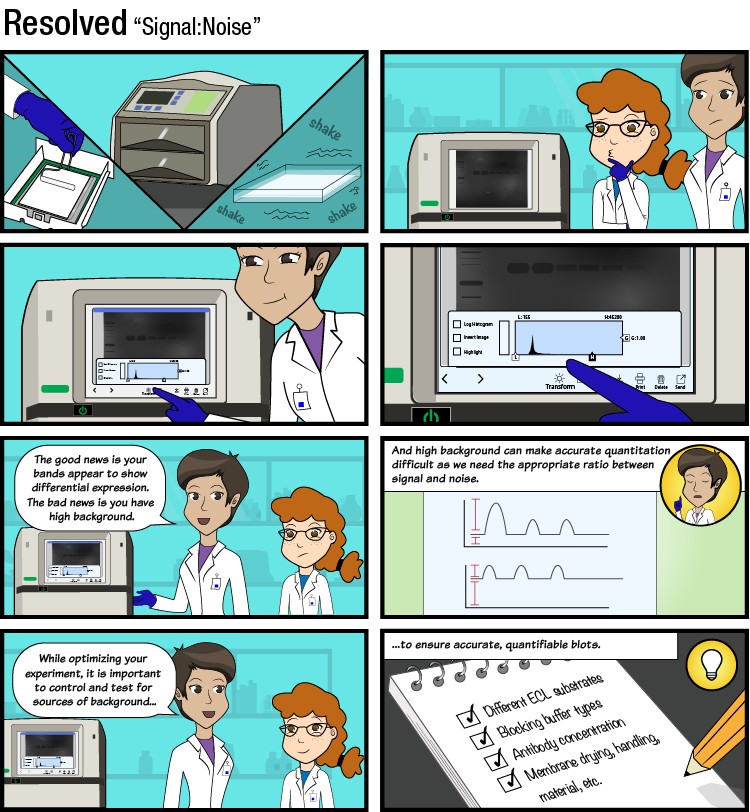
Minimizing background on your western blot can enhance your results significantly. In order to achieve an accurate and quantifiable blot, the background should be uniform and minimal across the entire blot. There are multiple factors to consider when attempting to reduce blot background.
Learn more about minimizing background.
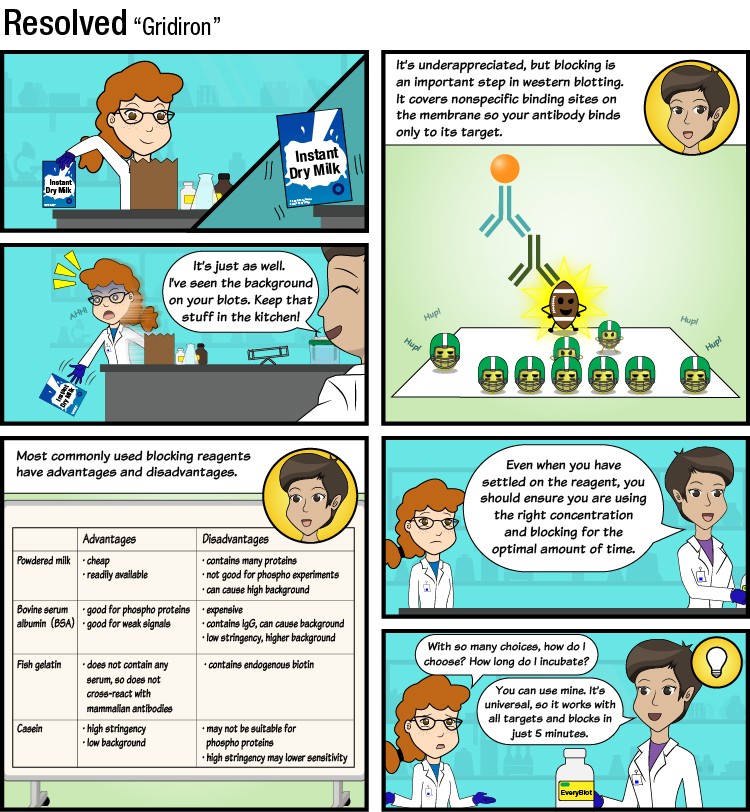
Optimizing the blocking step prior to immunodetection is an essential part of western blotting. A good block can greatly enhance your results while a bad block can potentially mask critical experimental findings. If selecting the right blocking buffer proves to be a challenge, then using a universal blocking buffer like EveryBlot Blocking Buffer may be the solution.
See EveryBlot Blocking Buffer in action.
Learn more about minimizing background.

